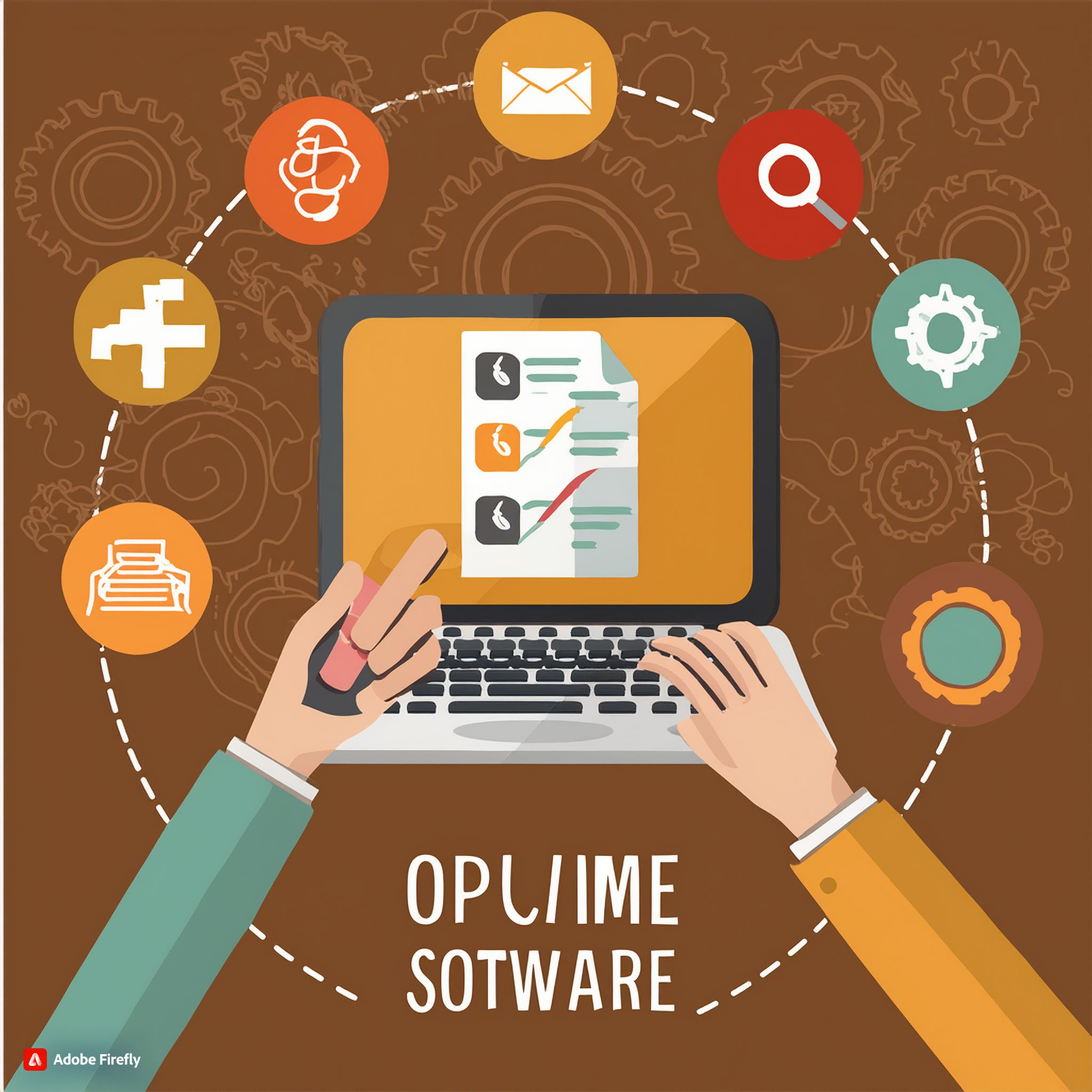Introduction:
In a world dominated by high-performance computers and resource-intensive applications, not everyone has access to cutting-edge hardware. Many users still rely on low-end PCs due to budget constraints or the need for basic computing tasks. One critical decision for users of such systems is selecting the most suitable operating system (OS). In this article, we’ll explore the options and delve into the features that make an operating system ideal for low-end PCs.
Windows: The Versatile Option
Microsoft Windows has been a staple in the world of personal computing for decades. With each new release, Windows aims to cater to a broad range of hardware configurations, including low-end PCs. The latest lightweight version, Windows 10 in S Mode, is designed to run on less powerful hardware, providing a streamlined experience. However, users might find that even this scaled-down version may still demand more resources than some older or underpowered machines can provide.
Linux: Lightweight and Customizable
Linux, in its various distributions (distros), has become a go-to choose for users seeking a lightweight and customizable operating system. Distros like Ubuntu, Linux Mint, and Puppy Linux are specifically designed to run efficiently on older hardware. Their minimal system requirements make them ideal for low-end PCs, breathing new life into aging machines.
One notable advantage of Linux is the vast array of lightweight desktop environments. Options like LXDE, XFCE, and MATE consume fewer system resources than the graphical interfaces of Windows or macOS, ensuring a smoother experience on low-end hardware.
Chrome OS: Web-Centric Simplicity
Chrome OS, developed by Google, is another operating system gaining popularity for its simplicity and efficiency, especially in the context of low-end PCs. Chromebooks, which run on Chrome OS, are designed to be affordable and easy to use. The OS relies heavily on cloud-based applications, making it a suitable choice for users whose computing needs are mostly web-centric.
While Chrome OS may lack the versatility of traditional operating systems like Windows or Linux, its streamlined nature ensures optimal performance on low-end hardware. It’s an excellent choice for users who primarily use web applications and can benefit from the integration with Google services.
FreeBSD: Stability and Efficiency
FreeBSD, an open-source Unix-like operating system, may not be as mainstream as Windows or Linux, but it offers stability and efficiency that can be beneficial for low-end PCs. Known for its rock-solid performance, FreeBSD is lightweight and can run on minimal system resources. It’s particularly popular in server environments, but its suitability for desktop use, especially on older machines, should not be overlooked.
FreeBSD’s package management system allows users to install only the components they need, minimizing bloat and maximizing efficiency. While it may have a steeper learning curve for those unfamiliar with Unix-like systems, FreeBSD provides a reliable and resource-friendly option.
Reactors: Windows-Compatible Open Source Alternative
For users who are accustomed to the Windows interface but seek an open-source alternative for their low-end PCs, ReactOS is an intriguing option. It aims to be compatible with Windows applications and drivers while providing the benefits of an open-source operating system.
While ReactOS is still in the alpha stage of development, it shows promise as a potential alternative for users who want a Windows-like experience on their low-end machines without the licensing costs associated with Microsoft’s operating systems.
Conclusion:
Choosing the best operating system for a low-end PC involves considering factors such as system requirements, user preferences, and intended use. Windows, Linux, Chrome OS, FreeBSD, and ReactOS each offer unique advantages, catering to different needs and preferences.
For users seeking a familiar environment with a vast array of software support, Windows 10 in S Mode or a lightweight Linux distribution like Ubuntu may be the way to go. Those who prioritize simplicity, web-centric usage, and budget-friendly options might find Chrome OS on a Chromebook to be an excellent fit.
For a more niche audience, FreeBSD and ReactOS provide alternatives that prioritize stability and Windows compatibility, respectively. Ultimately, the best operating system for a low-end PC depends on the user’s specific requirements and the intended use of the system. It’s essential to explore different options, test their performance on your hardware, and choose the one that aligns best with your needs and preferences.



